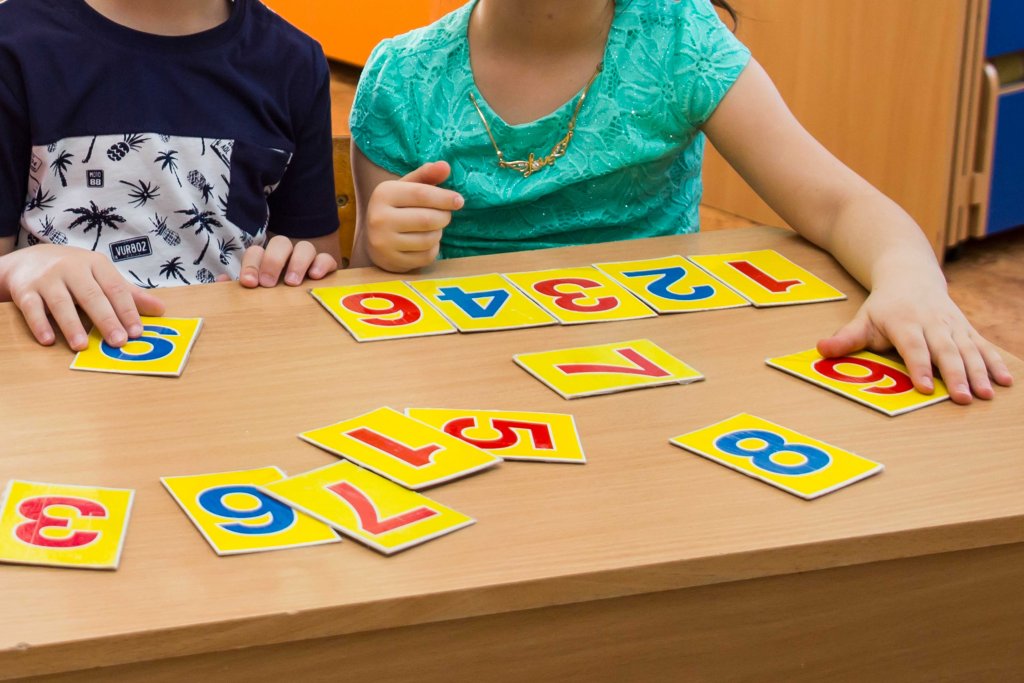visual curriculum
| 1. | Introduction |
| 2. | Warm-up activities to promote students engagement |
| 3. | Conclusion |
| 4. | Frequently Asked Questions (FAQs) |
| 5. | External References |
11 November 2020
Reading time: 4 minutes
Introduction
Student engagement occurs when students are consciously invested in the learning process and class surroundings. It refers to the willingness of the students to participate in the topics being discussed, attend classes regularly, submit their designated tasks regularly, and follow the teacher's directions in the class.
Students engage when they are given the opportunity to work as their own growth agent in the learning process and work hard to achieve their goals. It is crucial that the student overcomes the hurdles they face in their learning path, learn from their failures and develop self-belief.
Also read:
7 Warm-Up Activities To Promote Student Engagement-PDF
If you ever want to read it again as many times as you want, here is a downloadable PDF to explore more.
| 📥 | 7 Warm-Up Activities To Promote Student Engagement-PDF |
Therefore, teachers must ensure that they give their students some control over their learning process and stimulate them to be their own learning agent. This enables them to work autonomously and enjoy what they learn. The students feel more competent to achieve their own objectives which helps them to cultivate motivation and foster self-determination that leads to student engagement.
- A teacher’s role is critical in the student’s involvement. A teacher should be approachable and sensitive to the students’ needs and has to be well prepared on the topic to be discussed in the class. Keeping students engaged throughout the classroom session is always challenging.
- It is observed that the attention span of kids, especially of the lower grades is extremely low. Psychologists claim that the attention span of a typical student is about 10 to 15 minutes long. The attention level of students varies due to many factors including motivation, mood, the perceived relevance of the topic being discussed and so on.
- It is usually noticed that most of the students start to drift off at some point during the class and start disengaging from the topic being discussed. It is therefore essential that the teacher makes continuous and conscious efforts to ensure that the kids are attentive during the class.
Warm-up activities to promote students engagement
Mind Warm-up Session at the beginning of the class
It is always a good idea to begin the class with a warm-up session. The teacher can do this by asking the students to write some points related to the topic covered in the previous class on the board. The other way is to make such sessions collaborative by dividing the students into small teams and make them write the main points of the topics discussed in the previous class.

Use physical movement to get the Kids Warmed-up and Focused
Kids usually lose their focus and get bored or sleepy during class. To get back their attention, the teacher can involve them in some rhythmic or choreographed physical movement either in the beginning or in the middle of the classroom session.
Such activities may include alternate hand-clapping and leg stomping patterns accompanied by chanting a verse or a set of Mathematical formulae, quick march across the classroom, hand and leg stretching exercise, synchronized hand/eye coordinated movement in yoga are some of the ideas that a teacher can implement.
This will give the kids a much-needed break from the ongoing session and help them to get their focus and attention back to the lesson.

Quick write-ups and student's reflection
The teacher can ask the students to prepare a quick write-up of the important points that were taught during the class.
The students may then be asked to reflect upon these and give their judgment and conclusion on it. This is a very effective way to engage the students and make them pay more attention to what is being taught in the class.

Question and Answer sessions
Teachers can have a Question/Answer session in between a lesson or once a topic is completed.
Students should be encouraged to ask their questions and discuss their doubts. It makes the classroom sessions more interactive and helps students to get a deeper understanding of the subject.
The teacher can also make such sessions more fun and exciting by writing the questions in popsicle sticks (for smaller kids) or a small piece of paper and put them in a bowl in the middle of the class.
Each student is then asked to pick one stick or paper and answer the question that is asked in it. This way, students enjoy such question-answer sessions, and it helps them to reflect upon the subject without getting bored.

Gamification and activity-based learning
Gamification is imparting education through learning-based education games and app-based learning. They help develop observation skills, logical skills, spatial skills, arithmetic skills, vocabulary, visualization, judgment and increases short-term memory among kids.
Activity-based learning includes board based creative games, teamwork activities and manipulatives for learning. Such events also give students ownership over their learning process.
Gamification and Activity-based Learning helps to develop aptitude skills among kids.

Occasional quiz and Puzzle card sessions
Once the teacher covers a particular topic, a class quiz can be conducted. If there are many students, the teacher may divide them into groups and form teams. This will encourage collaborations and teamwork.
Conducting such quiz sessions is not only engaging but also helps the teacher access the students’ understanding.
Puzzle Cards are used to encourage out of box thinking. Such cards also have a visual impact on the students’ minds which helps them channel focussed thinking among kids.

Storytelling and video sessions
Kids love to hear stories. Introducing a new topic through a storytelling activity or using a real-life example while explaining a particularly complex subject to the students engages them more.
The teacher may encourage students to use their real-life examples to discuss their ideas with the class.
Video Sessions are also a good option as the brain processes visual elements efficiently which in turn helps to grab the students’ attention.
A teacher’s role is crucial for a student’s growth and future. The use of technology is essential for a teacher to implement student engagement. Students also agree to this.
According to Pearson, more than six in ten college students in high school and colleges agree that tablets help them to study more efficiently (64%to 66%) and help them perform better in class (63% to 64%).
The use of technology helps in promoting a healthy teacher-student relation which acts as a motivation for students, thereby enhancing student engagement.

Conclusion
The above activities mentioned in this blog will help the student to gain more interest in the subject with a fresher mindset.
Warm-up activities help the students stop being distracted and focus their attention on the lesson.
It is necessary to tell the students why they are doing certain tasks. A warm-up session can be a good time to discuss the lesson objective so that students get a valid reason to perform any
activity.
About Cuemath
Cuemath, a student-friendly mathematics and coding platform, conducts regular Online Live Classes for academics and skill-development, and their Mental Math App, on both iOS and Android, is a one-stop solution for kids to develop multiple skills. Understand the Cuemath Fee structure and sign up for a free trial.
Frequently Asked Questions (FAQs)
1. What is a Warm-up game in education?
A warm-up activity is a short, fun game that a teacher use with students. Warm-up activities are played to encourage students.
2. How to enroll in Cuemath?
Visit our website to enroll and know more about our program.
